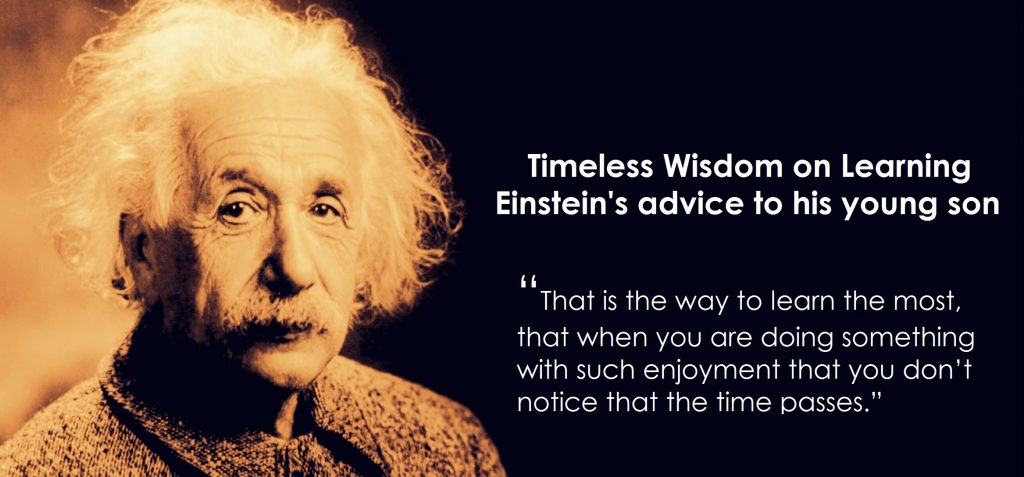It was the fall of ’95 when I found myself surrounded by 136 other ambitious and nervous new medical students, bracing ourselves for orientation. While my peers and I shared a certain air of confidence, it was hard to miss the palpable anxiety (tinged with self-doubt) that filled the room.
The distinguished professor welcomed us by defining medical professionalism:
Commitment to patient-centered care, intellectual honesty, social responsibility, and advocacy,
she explained. However true the sentiment, we knew what was really expected of us is that we would amass knowledge with single-minded devotion. Over the years, we all shared one common and constant goal: be a sponge of seemingly infinite knowledge.
Twenty years later and the process of learning continues. As students (even as early as grade school), we’re governed by standardized testing and validated by our GPAs—all the while rarely, if ever, being tested on our understanding of what it takes to be an open-minded, lifelong learner. Decades of education taught me one thing above all others: the art of learning to learn.
In the era of No Child Left Behind and the questionable efficacy of cumbersome testing, we’re slowly coming to the heavy realization that perhaps we’ve not yet learned how to learn. Armed with the facts and figures, most of us are never taught how to successfully digest not only what we hear in the classroom, but also how to absorb the world around us as engaged learners.
Telecommunications pioneer Richard Hamming, author of The Art of Doing Science and Engineering: Learning to Learn, offers suggestions about how to succeed in the lost art of learning. Here are ten rules based off of his advice encouraging anyone to be their best self through the simple act of accumulating knowledge:
1. Concentrate on fundamental principles rather than facts.
Structure your learning so that you’re able to ride the information wave, not drown in it.
As time marches forward, the amount of knowledge in the world grows exponentially—doubling about every 20 years. But our brain can only process information at a rate of around 60 bits per second, and our minds aren’t getting faster even as the information load skyrockets. It’s easy to get lost in details, so focusing on fundamentals is key.
Set aside reading time—indulge in your own fields of interest as well as exploring new developments in areas outside of your immediate preoccupation.
2. Learn from those around you.
As people gravitate away from trade jobs, more individuals are graduating from college than ever before. The number of science doctorates earned each year alone grew by nearly 40% between 1998 and 2008. It’s important to balance competition with the company of people who can motivate and inspire us. Learn from the success of others. Hamming says it best,
Vicarious learning from the experiences of others saves making errors yourself.
Let the achievements of others provide you with a sort of roadmap. Young or old, there are always going to be people who are wiser and more accomplished than you—make these people your allies and learn everything you can from them.
3. Focus on the future. Learn from the past and move on. Live in the present.
The landscape of the world is fast changing, transformed by digital revolution and explosive growth of disruptive ideas in almost all human endeavors. While we can’t predict what will happen next, we can be ready to adapt to change. Learning from the past is important also, of course, to ensure yesterday’s mistakes aren’t repeated. In this race toward the future, we lose the present. As Seneca observed,
The greatest obstacle to living is expectancy, which hangs upon tomorrow and loses today… The whole future lies in uncertainty: live immediately.
4. Make it personal.
Always find how your learning impacts you personally. Whether you work a corporate job, run a small business, or maintain an academic career, don’t let your job or degrees box you in. Grow to be a well-rounded, best version of yourself. Structure your learning efforts according to some general direction in which you want to move. Having a vision is what separates leaders from followers. Goals evokes passion, which encourages you to want to learn, not feel like you simply have to.
5. Trial and error is key.
Finding what style of learning best suits you is a process filled with trial and error. How to learn can’t be discovered through words—we have to try different techniques to stumble upon what works best. Rely on your teachers but think for yourself too. Never be afraid to question and challenge the status quo.
6. Make the best of your working space.
The workplace continues to evolve rapidly—with trends like communal workspaces and working from home sweeping the nation. Surprisingly, people tend to do their best work when working conditions aren’t ideal. Don’t let your surroundings distract you from the task at hand. One tip to make the best of your office, if you have one, is to leave your door open often. It may seem counterintuitive, but while you may occasionally be more distracted, you’ll also be able to stay plugged in to what’s most important: ensuring that you’re working on the right matters.
7. Only you can put in the time it takes to learn.
To quote Hamming,
I am… only a coach. I cannot run the mile for you.
Even for those inherently talented, there is no substitute for effort. Don’t wait for or rely upon luck. Remember the old adage: Luck favors the prepared mind.
8. Work on what matters.
If you’re an aspiring entrepreneur, to do great work, you must ask yourself: What is the most important problem in the society that desperately needs resolution? That’s how you make a difference. This focus will motivate you while also ridding the distractions of trivial matters.
9. Strive for excellence.
Sometimes learning is hard—really hard. Don’t let that deter you from what you want to achieve. There is no greater pay-off than living the life you always imagined, and there is no greater joy than discovering things for yourself. Put in the time to learn and always focus on how you learn best.

1915,November 4. Einstein aged 36, having just completed the two-page masterpiece that would catapult him into international celebrity and historical glory, his theory of general relativity, Einstein sent 11-year-old Hans Albert: “These days I have completed one of the most beautiful works of my life, when you are bigger, I will tell you about it.”
Source – Posterity: Letters of Great Americans to Their Children

